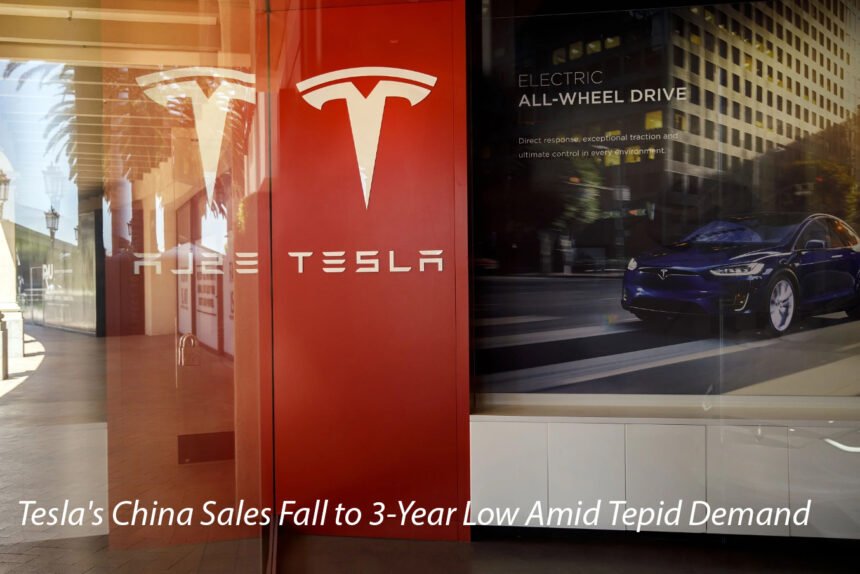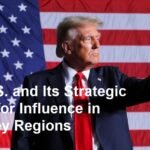Tesla, the global electric vehicle giant led by Elon Musk, is facing a significant challenge in one of its most important markets, China. According to industry data, Tesla’s sales in the country have dropped to their lowest level in three years, signaling a cooling demand for electric vehicles and mounting competition from domestic rivals.
A Tough Quarter for Tesla in China
Tesla’s latest performance in China marks a sharp downturn. Despite its strong reputation and loyal customer base, the company sold significantly fewer vehicles in recent months compared to the same period last year. Analysts have linked this decline to several factors, including economic uncertainty, slowing consumer spending, and fierce competition from local brands such as BYD, Nio, and XPeng. China remains the world’s largest market for electric vehicles, but it has also become the most competitive.
While Tesla once dominated the premium EV segment, Chinese automakers have aggressively expanded their product lines, offering advanced features at more affordable prices. This shift has caused many buyers to reconsider their options, leaving Tesla struggling to maintain its market share.
Price Wars and Market Fatigue
Over the past year, Tesla has repeatedly adjusted its pricing strategy in China in an effort to boost sales. Although price cuts temporarily increased demand, they also sparked a wider price war across the EV industry. Local competitors quickly followed suit, leading to thinner profit margins for everyone.
Some analysts argue that Tesla’s aggressive pricing has lost its initial impact. Many consumers are now delaying purchases in anticipation of further discounts, while others are exploring homegrown alternatives that provide similar technology with localized support. The result is a slowdown in overall EV sales growth across the country.
Shifting Consumer Priorities
Chinese consumers have become more selective about their purchases, especially during a period of economic slowdown. Inflation, weak job growth, and uncertainty in the property market have made people cautious about major expenditures. As a result, even high-profile global brands like Tesla are feeling the effects of reduced consumer confidence. At the same time, local EV companies are innovating at a rapid pace.
Brands such as BYD have introduced hybrid models that appeal to budget-conscious buyers who want the flexibility of both electric and gasoline power. Meanwhile, companies like Nio continue to attract tech-savvy customers through unique services such as battery swapping and integrated digital ecosystems.
Tesla’s minimalist design and advanced driver-assistance features remain attractive, but the company’s limited local customization and higher prices are beginning to work against it. In a market where trends shift quickly, staying adaptable is key, and Tesla’s global strategy might need fine-tuning to meet Chinese consumer expectations.
The Road Ahead for Tesla
Despite recent setbacks, Tesla remains optimistic about its long-term prospects in China. The company continues to produce vehicles at its Gigafactory in Shanghai, one of its most productive facilities worldwide. It also plans to introduce new models and software updates to reignite interest among local buyers.
Industry observers believe Tesla’s future in China will depend on its ability to innovate while balancing affordability and brand prestige. Introducing region-specific models or expanding customer service options could help Tesla regain momentum. Moreover, the company’s upcoming next-generation vehicle platform, expected to reduce production costs, might give it the flexibility to compete more effectively with domestic brands.
Global Implications
Tesla’s struggle in China has wider implications for the electric vehicle industry. As global demand fluctuates, automakers are learning that success in one region does not guarantee dominance elsewhere. China’s EV market has evolved beyond early adopters, and local players have mastered both technology and marketing.
If Tesla manages to adapt, it could strengthen its position not only in China but across Asia. However, continued decline may force the company to reassess its global strategy, particularly as competitors like BYD expand into Europe and Latin America.
For now, Tesla’s China story serves as a reminder that even market leaders must evolve to remain relevant in a rapidly changing industry. The next few quarters will be critical in determining whether Tesla can recover its growth momentum or if China’s homegrown automakers will take the lead for good.











